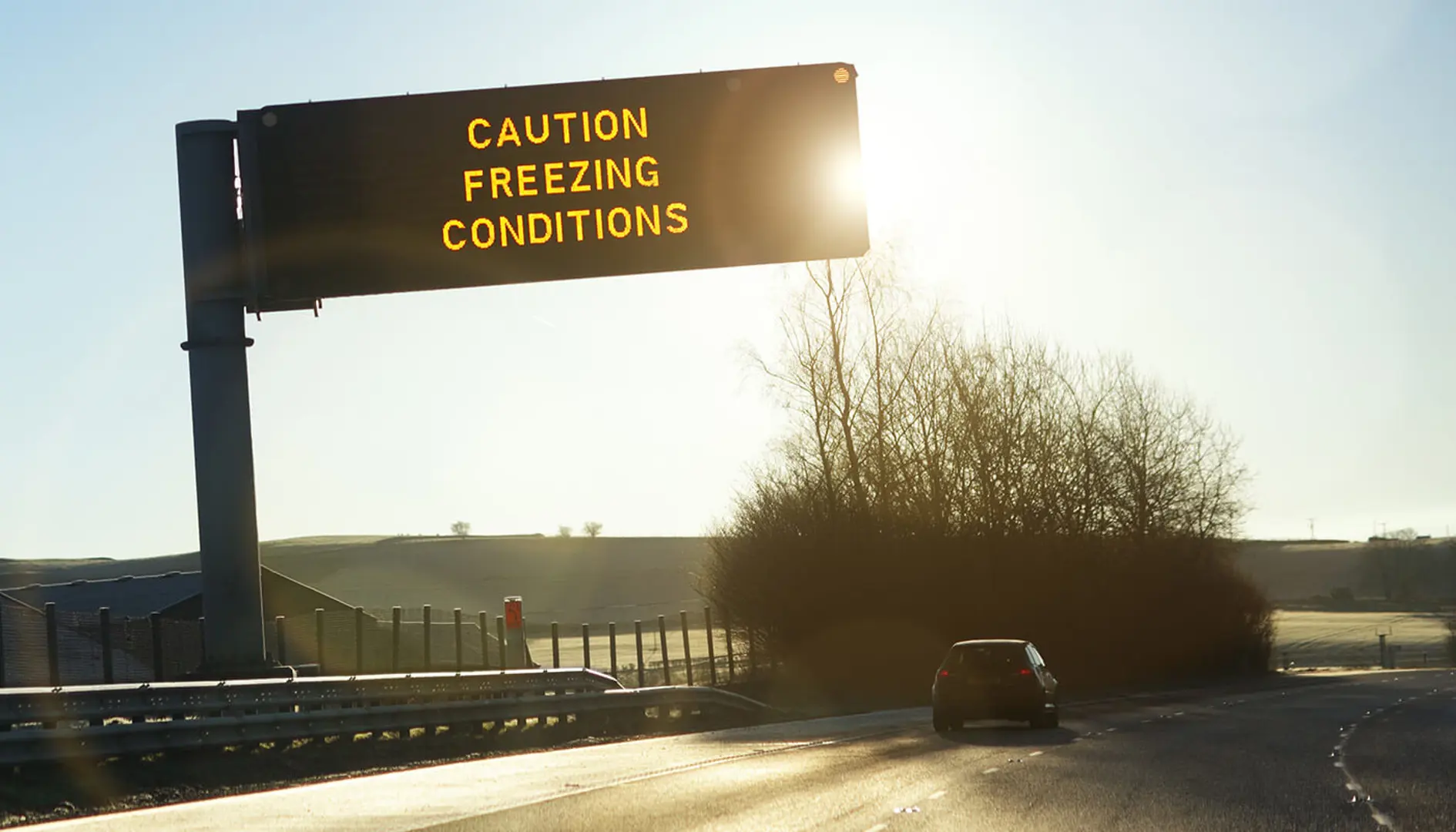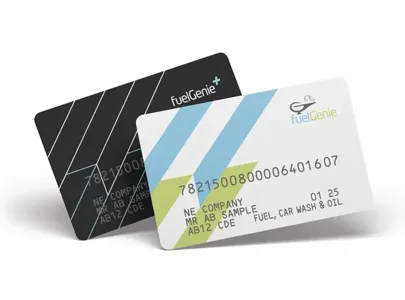
Road Safety Week is just around the corner, running from the 17th to the 23rd of November. Set up by Brake, the road safety charity, it’s a campaign that acts as a timely reminder for drivers to refresh their winter driving knowledge. This season brings unique road hazards – from icy roads to reduced visibility, making it crucial for drivers to take extra precautions. Luckily, with the right tips you can guarantee a safe and smooth driving experience, regardless of the road conditions.
4 essential winter driving tips
1. Inspect tyres regularly
Checking your tyres is one of the most critical steps to ensure vehicle safety, especially in winter. Proper tread depth is essential for traction on wet or icy surfaces, helping you maintain control. Additionally, tyre pressure drops in colder temperatures, which can affect handling and fuel efficiency. Aim to check your tyres weekly throughout winter, ensuring the tread meets the recommended levels and the pressure aligns with your vehicle’s specifications (you should be able to find this in your driver’s manual).
2. Reduce speed and increase following distance
Wet and icy roads mean that stopping distances are significantly longer, so reducing your speed and maintaining a greater following distance is essential. Aim for at least a six-second gap from the vehicle in front of you, as this will give you plenty of time to brake gently without skidding. Remember, the faster you drive, the longer it takes to stop – and winter roads can be unpredictable.
3. Completely remove snow and ice
Before setting off, clear snow and ice from all windows, mirrors and lights. Some drivers only scrape a small section of their windscreen, limiting their view. Full visibility is vital in winter, so take the extra time to ensure your entire windscreen, mirrors and even roof are free of snow and ice. This helps you see clearly and prevents loose snow from flying off, which can distract other drivers or obscure their vision.
4. Avoid sudden movements
Sudden braking or acceleration can cause you to lose control on slick winter roads. Take your time easing into brakes, especially when approaching junctions, sharp turns or other vehicles. Rapid stops or sudden speed increases can lead to skidding or sliding, making it harder to control your vehicle. Slow and steady movements will give you greater control and reduce the likelihood of skidding while improving fuel efficiency too.
Additional tips for safe and stress-free travel
Plan your route and check weather updates
Before heading out, especially on longer trips, check weather forecasts and traffic updates. If conditions are hazardous, consider delaying your trip or choosing a safer route. Apps that provide real-time updates can help you make informed decisions, ensuring that you avoid particularly bad patches of weather and potential delays due to accidents or road closures. Preparing an alternate route in case of unexpected issues is also a good practice in winter.

fuelGenie is your friend
Remember, you can use the fuelGenie app to plan your routes, factoring in nearby petrol stations and prices so you’re never caught short. For just 50p a month per card, fuelGenie+ offers locations with 24/7 site facilities which means drivers will have a safe place to rest, refuel and recharge around the clock.
Pack an emergency kit
Winter weather can change quickly so an emergency kit can be a lifesaver if you find yourself stranded. Pack essentials like a torch, warm clothes, blanket, first-aid supplies, small shovel, ice scraper, jump cables and non-perishable snacks. In case you become stranded, these items will keep you safe and warm until help arrives. Don’t forget a fully charged mobile phone and a car charger so you can call for assistance and update your contacts.
Check your battery
Cold weather is hard on car batteries, which can lose strength as the temperature drops. Test your battery before winter starts and, if necessary, replace it to avoid any breakdowns. To keep it functioning well, drive your car regularly and avoid using accessories like heated seats or defrost for too long when the car is idling, as these can drain the battery quickly. Investing in a portable battery charger could also be a lifesaver in emergencies.
Use your lights wisely
Winter days are shorter and conditions often bring fog, snow and rain, which can impair visibility. Use your headlights, even during the day, to make sure other drivers can see you. Make sure your lights are clean and working properly, particularly the rear and brake lights. Avoid high beams in foggy conditions as they can reflect off the mist and reduce your visibility. Many cars have “fog lights” that are designed for low-visibility situations. Check if your vehicle has them and use them if it gets foggy.
Avoid cruise control
While cruise control is convenient, it’s best to avoid it in winter. Using it on icy or wet roads can cause your car to accelerate or decelerate too quickly if it senses a change in speed, increasing the risk of losing control. Cruise control systems don’t account for slippery road conditions, so it’s safer to manage your speed manually, especially in areas where ice or snow is present.
Stay safe this Road Safety Week
Road Safety Week is the perfect time to consider these tips and make any necessary adjustments to winter driving habits. Preparing vehicles can make a substantial difference, turning potentially risky trips into safer journeys.
As a business owner or fleet manager, pass on this guidance to your team. Encourage them to take it slow and use the fuelGenie app to help them plan routes, check facilities and organise stops so they can safely navigate winter roads. If you want to apply for a fuelGenie fuel card, order more or have a question, you can chat to our friendly UK-based team by phone on 0345 371 2490 or email enquiries@fuelgenie.co.uk.


